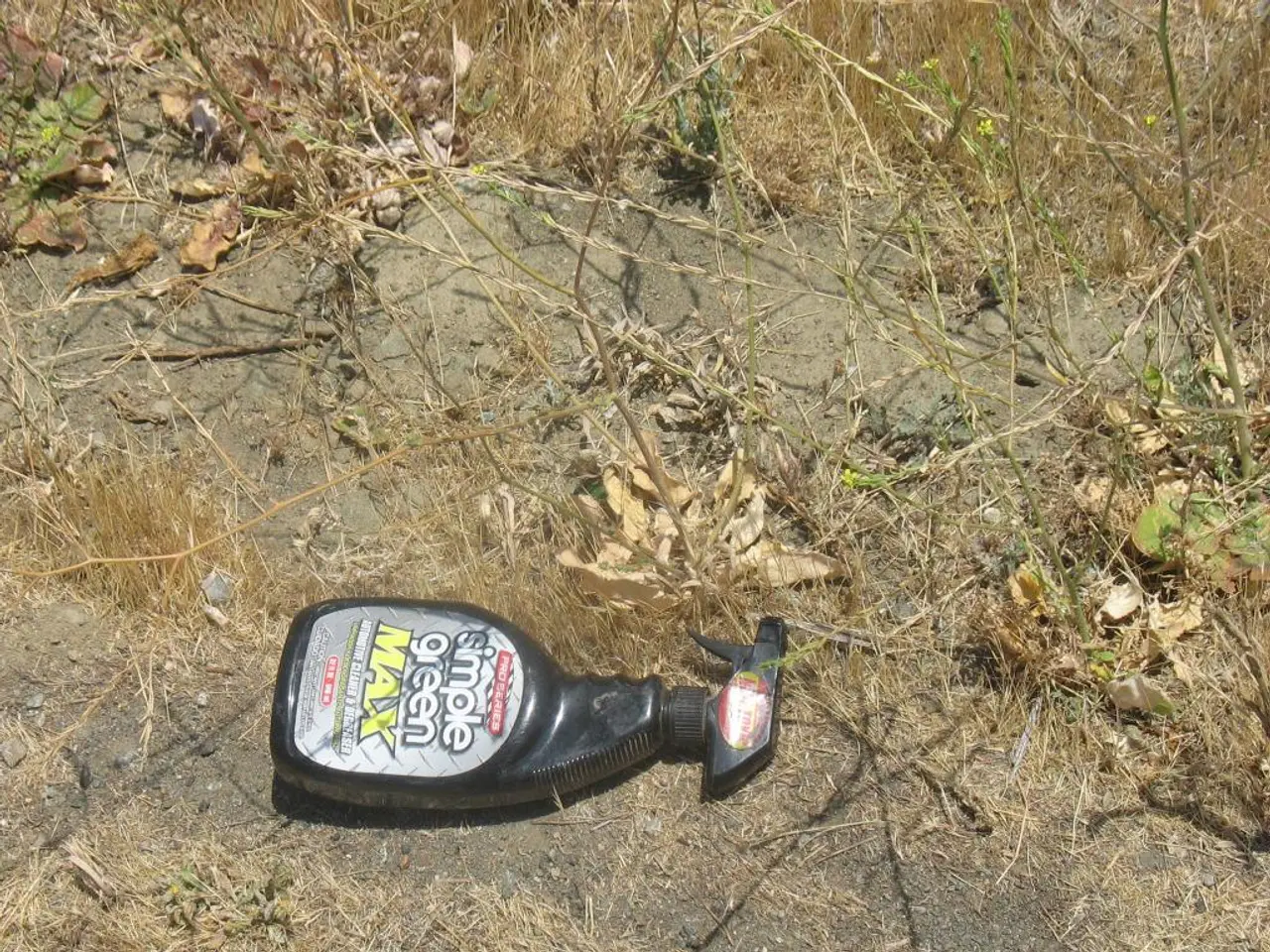Essential Aspect of Gardening: Understanding the Importance of Soil Testing
Soil testing is a fundamental practice that offers numerous benefits for both gardening and crop farming. This diagnostic tool helps determine the nutrient profile, structure, and lime requirements of the soil, enabling growers to make informed decisions on fertilization, plant selection, and soil management.
By revealing nutrient availability, pH levels, soil composition, and texture, soil testing allows for precise fertilization planning. This means identifying nutrient deficiencies or excesses, which in turn reduces costs, prevents over-fertilization, and limits nutrient runoff that can harm the environment.
Optimized plant selection is another key advantage of soil testing. Understanding soil pH and characteristics enables gardeners and farmers to select plants best suited to the existing soil or know what soil amendments are needed for preferred crops or landscaping plants.
Soil testing also guides additions of organic matter, lime, or other amendments to improve soil structure, water retention, microbial activity, and long-term fertility, thereby enhancing overall soil health and productivity.
Regular soil testing, every 2-3 years for established gardens and annually for intensive cropping, helps monitor soil changes over time to maintain optimal conditions for plant growth. This practice is crucial in high-yield farms but can also be conducted in small gardens.
Soil testing leads to higher crop yields and quality by ensuring plants have balanced nutrients and proper pH. Healthier plants result in better resistance to stress and improved crop productivity. Moreover, soil testing is eco-friendly as it helps in using the right amount of fertilizers, minimizing runoffs on waterways, and reducing consumption of energy-intensive products.
Initiating soil testing is simple. Soil samples can be taken and sent to local labs, gardening centers, or obtained from the local county extension office. When collecting a sample, use a trowel to collect about a cup's worth of soil from various parts of the garden, let it air dry at room temperature, and transfer it to a clean container or resealable plastic bag.
Soil testing also plays a crucial role in controlling pests, diseases, and invasive plants without the use of pesticides or herbicides. Infestation is often caused by nutrient imbalances in the soil, and getting a nutrient profile of the soil is one way to control infestation.
In conclusion, soil testing is a fundamental practice that supports cost-effective, efficient, and environmentally responsible gardening and crop farming. By making the right choices regarding soil amendments and the application rates of fertilizers, soil testing can save money while ensuring optimal soil health, higher crop yields, and environmental protection.
Performing regular soil tests can help in making informed choices for home-and-garden landscaping by enabling you to select plants that best suit your soil type and understand the need for soil amendments.
Soil testing not only optimizes fertilization and nutrient management, ensuring a lifestyle that promotes healthy plants and high-quality produce, but it also aids in controlling pests, diseases, and invasive plants without relying on chemical pesticides or herbicides.




